Use Staggered Sowings To Harvest Kale Throughout The Year – Emily Cupit Shares How
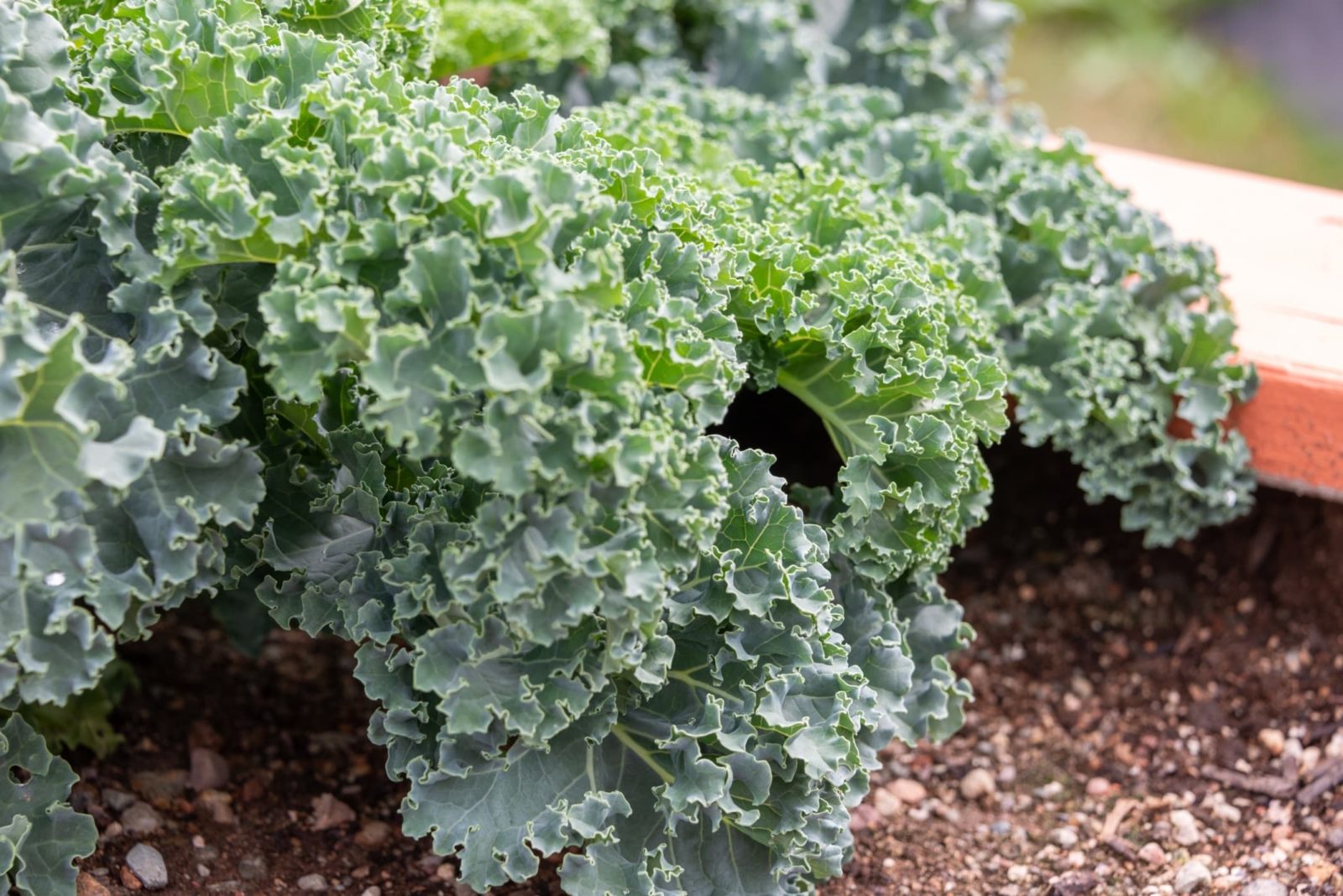
VEGETABLES > KALE > HARVESTING

Elizabeth is a Permaculture Garden Designer, Sustainability Consultant and Professional Writer, working as an advocate for positive change. She graduated from the University of St. Andrews with an MA in English and Philosophy and obtained a Diploma in Applied Permaculture Design from the Permaculture Association.
Reviewed By COLIN SKELLY

Colin is a Horticulturist and Horticultural Consultant with experience in a range of practical and managerial roles across heritage, commercial and public horticulture. He holds the Royal Horticultural Society’s Master of Horticulture award and has a particular interest in horticultural ecology and naturalistic planting for habitat and climate resilience.
Contributions From EMILY CUPIT

Emily is a Gardening Writer, Photographer and Videographer from Derbyshire, UK. She is the Founder of Emily's Green Diary - a community of more than 75,000 people who share in her gardening journey.
KALE GUIDES
Harvesting
Sowing
Kale is absolutely one of the very best crops for UK gardeners to grow – and one of the easiest too.
There are a number of different varieties to choose from which offer quite a lot of variety, and if you sow and grow it in the right places and at the right times, you can potentially harvest kale all year round.
Typically, kale is sown between March and June or July in the UK and is harvested between around September and March.
| Difficulty | Easy |
| Equipment Required | Secateurs or scissors |
| When To Harvest | All Year-Round |
Outdoors Kale is not typically harvested as much, if at all over the summer, since the leaves taste better in the cold.
However, you can also sow kale at any time indoors for micro-greens or baby leaves – so you could be eating fresh kale all year round.
“I have found that growing kale as a salad crop is a great way to include it in the household menu in the summer months, particularly in a salad,” says Horticulturist Colin Skelly.
“I grow trays in a greenhouse, which also avoids some of the airborne munchers of kale (although not slugs or snails!).”
Staggered sowings will ensure that you have kale to eat throughout much of the year, since kale can be harvested at a range of different stages of growth.
While kale is most commonly considered as an annual crop, you should note that there are also some perennial types that you will be able to harvest not only for a single season but over several years.
When To Harvest Kale
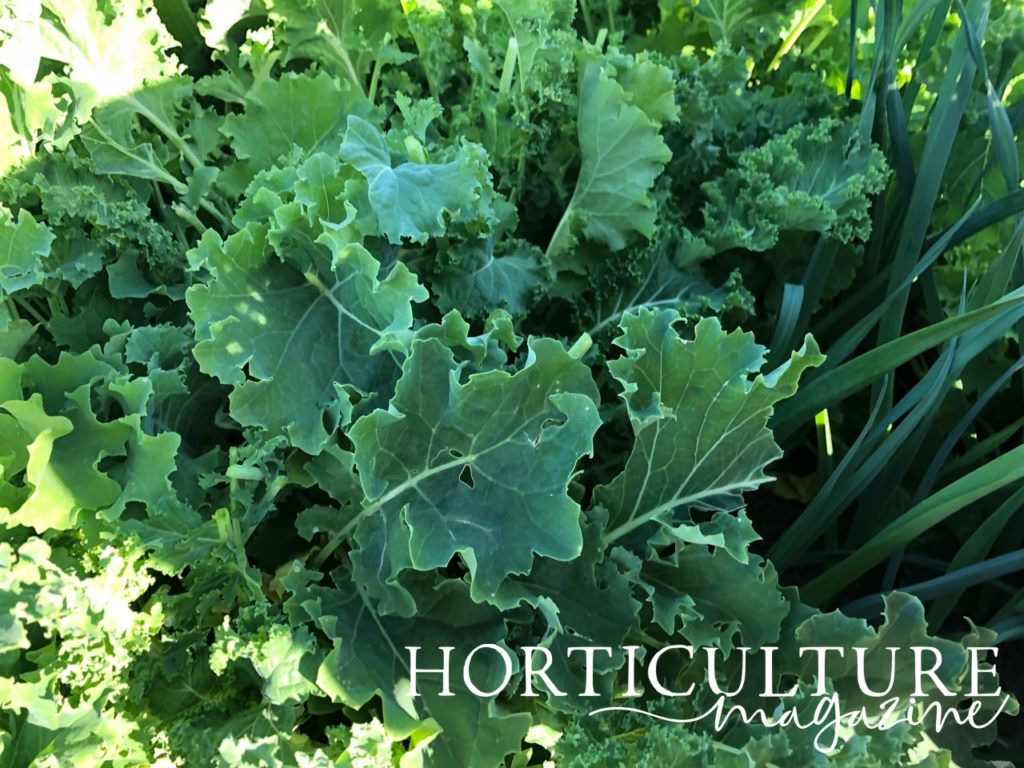
There are several different options when it comes to harvesting kale, since you can harvest it at any stage of growth. You can:
- Grow kale for micro-greens, harvesting when the leaves are still very, very small.
- Pick kale leaves young for fresh salads.
- Pick leaves once they are more mature to cook, dry, or use in other ways. You can pick little and often to prolong the harvest over a considerable period, since new leaves will grow on your plants.
Kale micro-greens can be harvested after just 8-12 days or so.
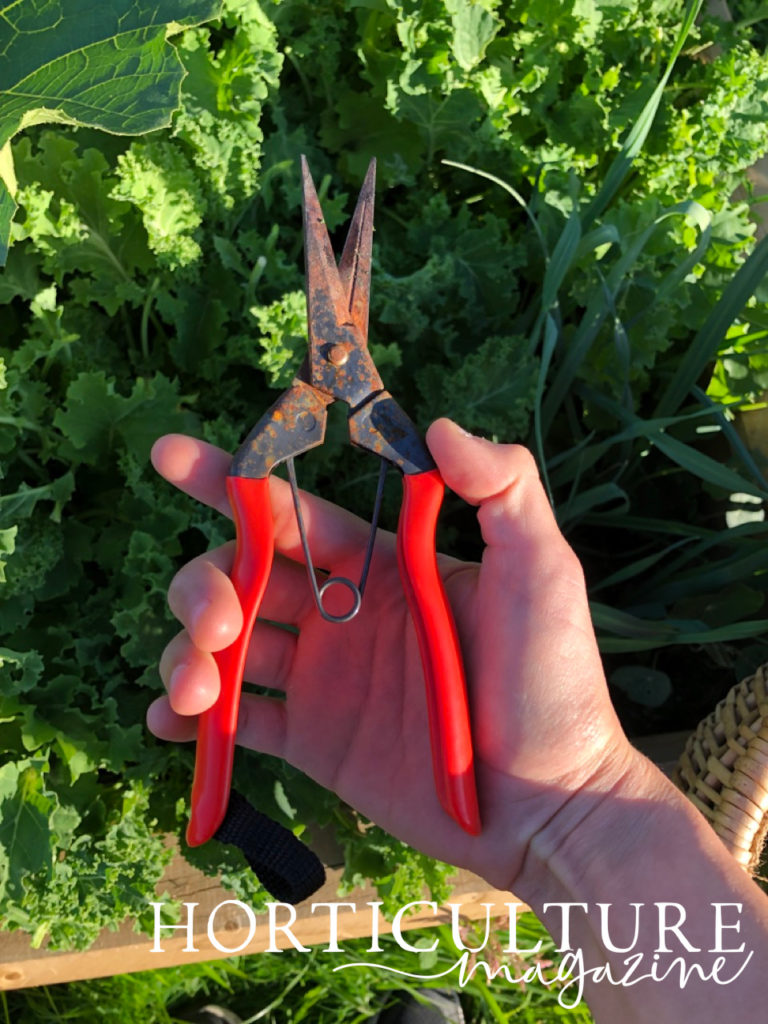
Once the kale develops true leaves, you can harvest it at any time.
Though if you would like your kale to grow into a larger, full-sized plant then you should not pick too many leaves until it has grown for longer.
When precisely mature leaves are ready for harvest will depend on the variety you have chosen and a range of other factors.
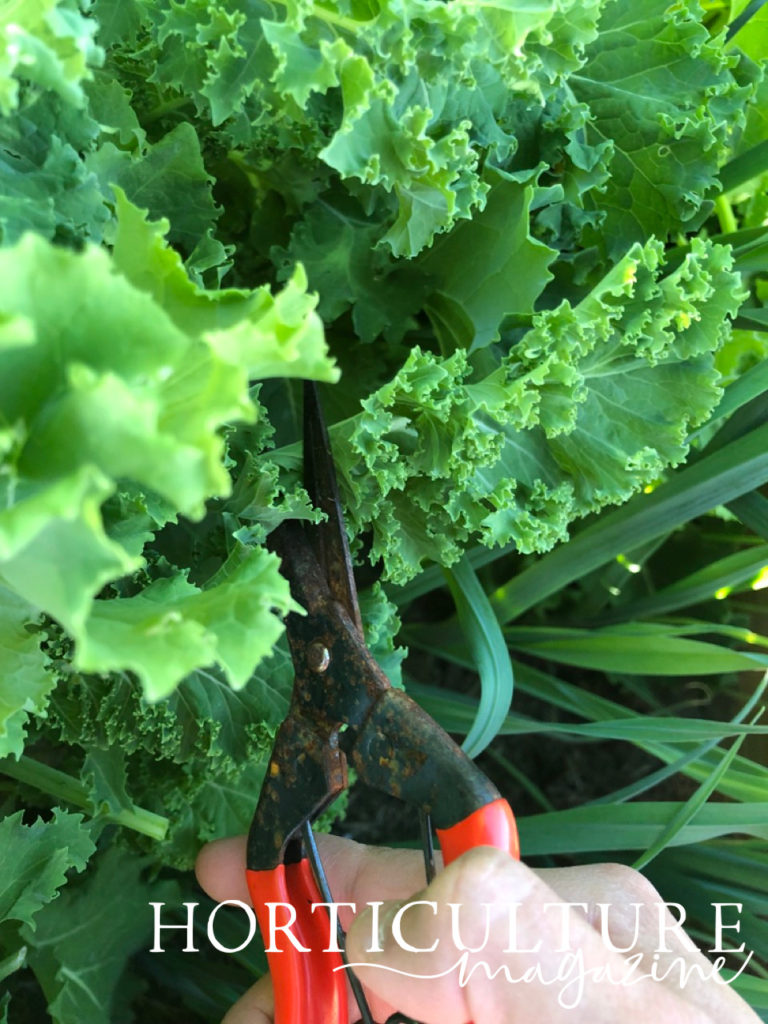
But typically, you will harvest kale between 55-75 days after sowing.
Smaller leaves are more tender than larger ones, so when you choose to harvest them will obviously depend on what you would like to do with them.
How To Harvest Kale
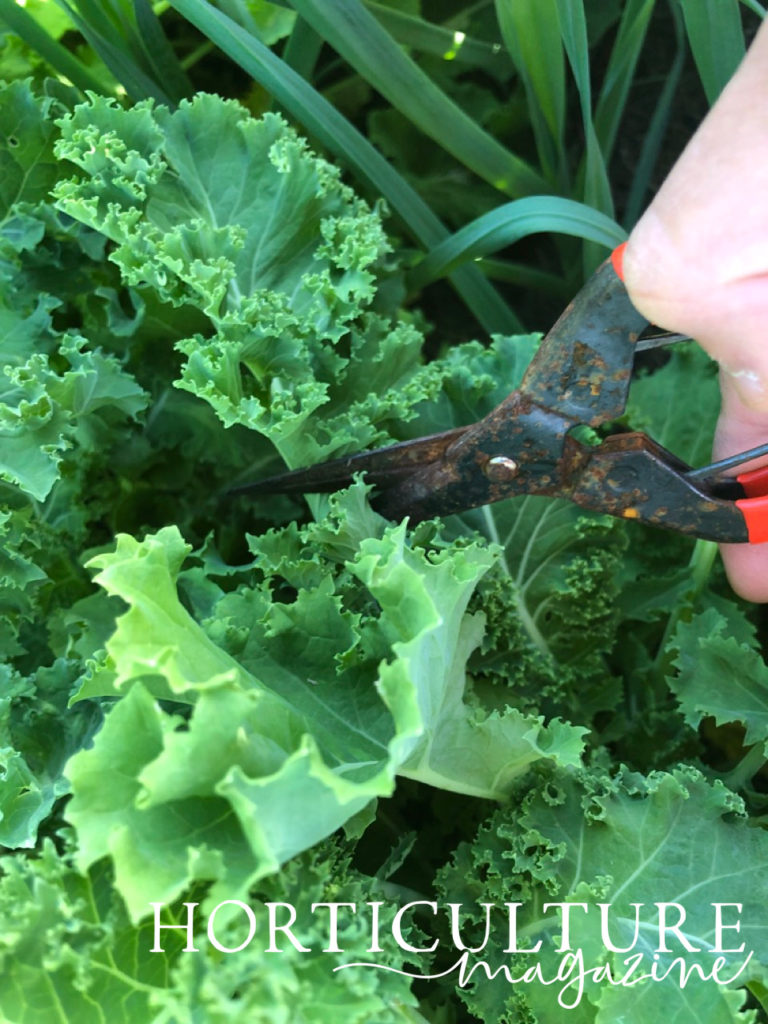
To harvest kale, follow these steps:
- Decide at what stage you would like to harvest the kale you have grown.
- For micro-greens, simply use some scissors to cut off the tiny brassica seedlings.
- For baby kale leaves, take leaves as required, taking the larger leaves from closest to the base of the plant. Don’t take too many if you want the kale to continue to grow.
- Mature leaves should also be harvested from the bottom first, working upwards.
- As you pick some, growth will continue and new leaves will grow.
- Simply snap off the leaves by hand, close to the central stem, or use some secateurs or scissors to cut them from the plant.
Storing & Using Kale
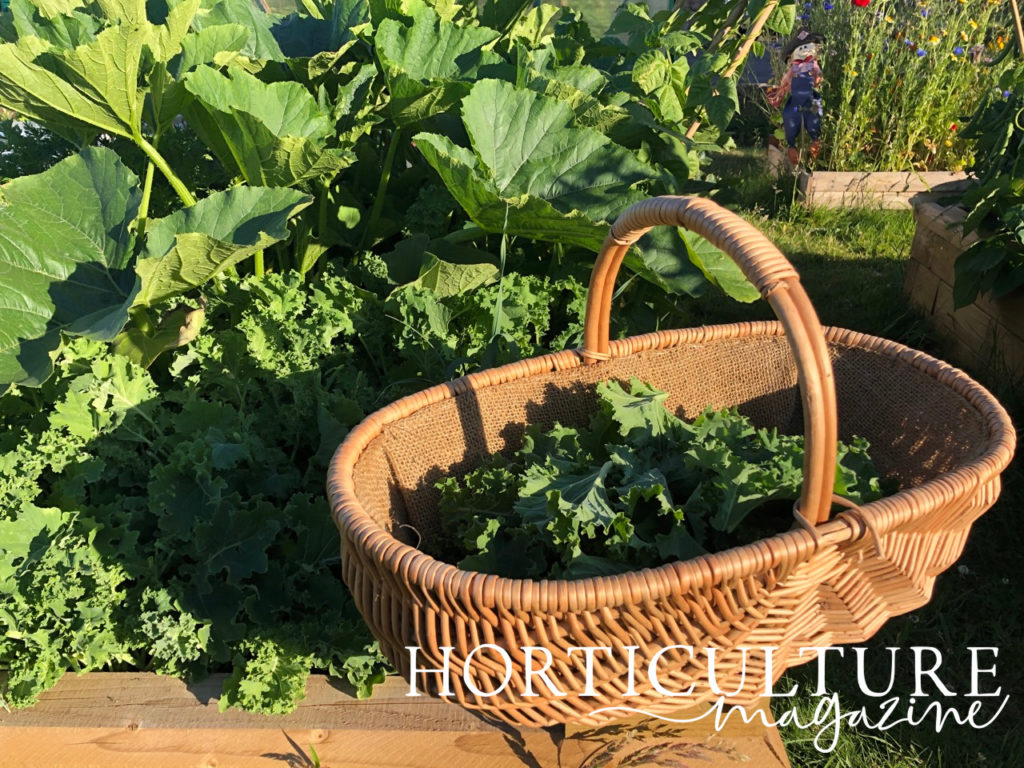
Micro-greens and baby leaves are best eaten fresh and raw, as soon as possible after you harvest.
They are great for salads, sandwiches and more.
Larger kale leaves work best in cooked recipes – they can also be turned into kale crisps, or dried for later use.

You might also blitz a few leaves to add to fruit smoothies.
You can also keep them in a sealed container in the fridge for a week or so, or blanch then freeze them for longer-term storage.
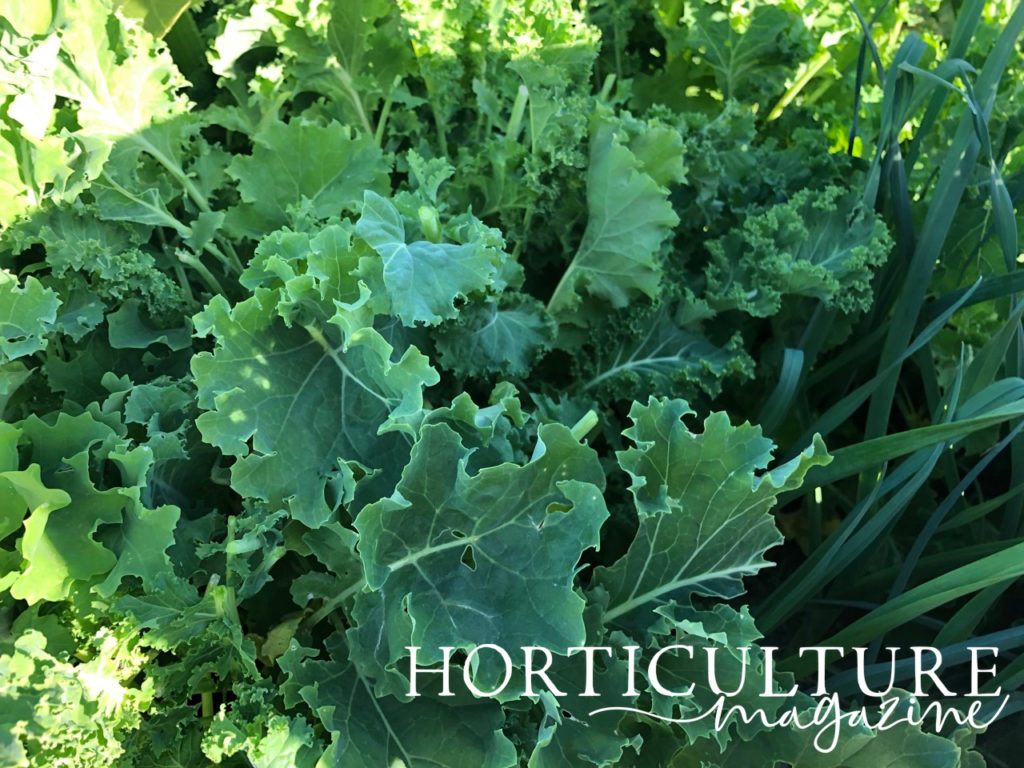
Since you can make use of kale in so many ways, it is a plant that just keeps on giving – you will surely find it a great plant to grow in your garden.
